A Beginner’s Techno Music Guide: Brief History, Artists & Clubs
Here's a techno music guide to complete your untz knowledge (Updated 2025)
If you’re a fan of this site and techno music, you’ve probably been around the rave block quite a few times. By now, you know what you like and what you don’t like.
But, do your friends know about your passion for the “untz untz”? Do you need help dropping some knowledge? Are you constantly asked, 'What is techno?' ?
Or, maybe you just happened to stumble upon this little portion of the internet and are curious about the world of techno and all the artists and fans who wear only black.
Either way, 6AM has got you covered with this “Beginner’s Techno Music Guide.”
Checkout out our Global Vibe Radio featuring the best in House and Techno from around the world!
What is Techno Music?
If you were a music fan in the 90s, then you may remember the phenomenon of everyone calling anything related to electronic music “techno.”
From Eiffel 65 “Blue” to the Mortal Kombat theme song, people all said it was “techno.” This misnomer may have been led by the fact that techno, in general, has had a very vague, overarching definition.
Defining techno music is actually a pretty difficult task these days, because it has evolved so much and has integrated so many different aspects of music. Genres upon genres have grown out of techno. Today’s techno music doesn’t quite sound like the techno of back in the day.
Techno’s BPM can range from 120 to even 140+, making techno even more difficult to classify. However, most can agree techno is one of the oldest genres of electronic dance music.
It’s characterized by:
- The use of a 4/4 synthesized kick drum (the “un” in the “untz”)
- Repetitive beats and loops using various percussions
- Heavy use of synthesizers
Typically, techno is associated with a darker feel and sonic elements compared to other genres. However, that’s not always the case. Compared to other genres of dance music, techno has a higher focus on percussive elements and is known for creating moments of tension and release.
Why Do People Love Techno?
People either don’t understand why people love techno or people don’t understand why people don’t love techno. Many argue techno has very visceral qualities that appeal to our more basic nature. Other’s state listening to techno music is akin to ancient dance gatherings and connecting with one other.
There are a variety of reasons why anyone would fall in love with techno or any genre for that matter. However, in the late 90s clinical studies were done on the actual hormonal effect listening to techno has on people.
The abstract of the study states, “Techno-music was associated with a significant increase in heart rate, systolic blood pressure and significant changes in self-rated emotional states.” The study also states, “Listening to techno-music induces changes in neurotransmitters, peptides and hormonal reactions, related to mental state and emotional involvement: personality traits and temperament may influence the wide inter-individual variability in response to music.”
Therefore according to this publication, negative or positive, techno has a profound experience on the listener to the point where the listener’s chemistry would actually be influenced. This phenomenon is bound to create techno lovers on such a powerful level.
Where is Techno Music Popular?
There is not much data available out there that gives official stats on where people listen to techno the most. However, it’s a widely accepted fact that Europe, especially in areas such as Berlin and Amsterdam are huge fans of techno. Having massive techno focused events such as ADE and Love Parade, the Europeans have been techno’s aficionados as well as where many of techno’s producers come from.
However, the love for techno does not stop there as the US, the birthplace of techno, has a great following for techno especially within the underground communities. Other regions such as South America have produced so many international talents such as Wehbba and ANNA. Thankfully, the list of techno lovers around the world goes on and on.
Brief History of Techno Music
Where Did Techno Music Start?
Although “The Belleville Three” is credited for creating the first “true” techno tracks, they sourced a lot of inspiration from European electronic music. More specifically, they were influenced by pioneering German electronic music group Kraftwerk.
Some have debated that Kraftwerk could be credited as the seed of electronic dance music, as they were called “The Beatles of electronic dance music”. To that note, there is even evidence of them performing music with a 4/4 kick drum pattern (synonymous with dance music) coupled with electronic synthesizers back in 1970.
By today’s standards that performance would probably not be considered dance music. However, using the generic definition of techno,you could possibly argue that this Kraftwerk performance was the first sign of rudimentary techno.
Make no mistake though, The Belleville Three were definitively the first to fully flesh out the genre and helped it become the dance-crazy revolution it is known as today.
1980’s: The Belleville Three and Detroit Techno
Many would say the seed of techno and electronic music came from Europe’s growing electronic scene in the 1970s. However, it’s pretty much agreed that the core of techno music began with the Belleville Three in Detroit, Michigan in the 80s.
These techno legends created what is now called “Detroit Techno”. The Belleville Three sourced a lot of inspiration from the growth of house music in Chicago and electronic music coming out of Europe. Many music historians credit Juan Atkins of the Belleville Three with the first true techno song, 1985’s “No UFO’s.”
Techno Music Subgenres
In the late 80’s to early 90’s, techno spread from underground clubs of Detroit to massive events in Europe. As the genre’s popularity grew, artists and regions began introducing different concepts and elements into the genre. This created various sub genres of techno.
Sub genres were created based either on the primary instruments used in the tracks or the general feel of the track. Thus, genres such as acid techno, minimal techno, and lots more began to arise. Many of these genres maintained the basic core concepts of the original techno with a different focus.
Today, techno’s growth and incorporation of different elements has skyrocketed evolving into a drastically different variety of sounds. Beatport, one of the largest dance music digital music distributors had to address this growth a by updating their techno genres in the last few years. Even then they only expanded the category to a few more classifications.
Due to the fact that so many artists are now borrowing from so many different sub genres it makes more sense to focus on a very broad overall feel of the track rather than the specific elements that the track uses.
For example, one track may very well have acid techno elements along with industrial elements and then at times use minimal techno elements. It would make sense to just classify that track under one overarching genre like “peak/time driving” to let the listener know this is going to be a banger of a techno track rather than say its acid/industrial/minimal techno track.
Techno has even grown to a point where even “joke” genres are created criticizing artists/tracks that are considered over commercialized and appealing to a different audience.
Acid Techno
Acid techno came about in the early 90’s due to the introduction of the now infamous Roland TB303 machine. Initially the TB303 machine was meant to replace a live bass guitarist and was a commercial failure until dance music artists began incorporating it into their productions.
With the bass machine in hand, acid techno focused on the use of the sometimes squelchy and often trippy bass sounds.
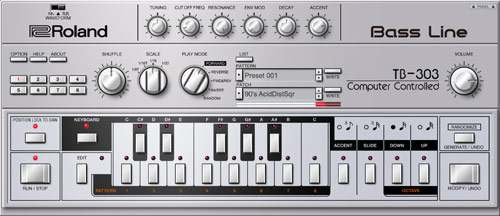
Some notable artists that are often associated with acid techno are DAVE the Drummer, Plastikman, and more recently artists such as Amelie Lens.
Although developed in the 90s acid techno has made a massive resurgence. “[Techno] is the kind of genre that’s constantly developing and evolving,” says DJ duo Pan-Pot. “You can see this in between the last five to six years. Techno became super hard again very acid-driven.”
Hardcore Techno
Hardcore techno originated mainly in Belgium and The Netherlands in the 90’s and then further developed in the UK and Germany.
Hardcore techno can be distinguished from other forms of techno because of its:
- Use of distorted sounds
- Fast speed and tempo
- Aggressive kick drums and violent basslines
There are even plenty of subgenres within hardcore techno. For example, while Happy Hardcore features accelerated songs with joyful vocals and piano riffs, speedcore has hyperactive snares and toms with a BPM as high as 300.
Dub Techno
Dub techno has a more atmospheric and spacey sound. Though it is techno, it’s not exactly the type of music you’ll find yourself dancing to at a late-night warehouse party.
The subgenre is heavily influenced by Dub, a style of music which grew out of reggae in the late 60’s and early 70’s. A key characteristic of dub is that it consists of the reworking of recordings. When audio is transferred from one medium to another, it’s called “dubbing”, giving the genre its name.
Dub techno uses the key elements of dub, but emphasizes:
- A four-on-the-floor beat
- A 120-130 BPM
- The use of synthesizers and other high-tech sounds
Minimal Techno
Minimal techno is a more stripped-back subgenre of techno music, often only utilizing:
- Drums
- A bassline
- The bare minimum essentials
There’s little melody involved, but lots of repetition and a subtle changes throughout. While songs in this subgenre aren’t likely to feature massive drops, they do typically have a groove and trance-inducing sound.
Minimal techno pioneer Robert Hood has said, “It was to draw… Sort of like trance music. This is REAL trance music. I don’t know about that other stuff… This is the real deal. It was hypnotic.”
Hard Techno
Although similar in name with Hardcore, Hard Techno has become a distinct genre classification itself. With the rise of popularity in hard techno exemplified by Sara Landry's 2024 performance as the first hard techno act to play the Tomorrow Land Mainstage, hard techno has clearly become a must know genre. However, Hard techno itself as a genre has gone through it's evolutions and creating possible branches of sub-sub genres as well. Currently as it's known today, hard techno does have the similar intensity of industrial techno but with a much more straight forward drive in energy, use of massive aggressive synths, vocal samples (and sometimes even use of pop vocal samples), and often (but not always) uses triplet bass rhythms commonly used in Psytrance.
Hardgroove Techno
Hardgroove techno is a subgenre of techno that dates back to the 90's. The genre emphasizes rhythm and groove, featuring syncopated, funky beats and prominent, bouncy basslines. It stands out with its dynamic, percussive elements and energetic, danceable aggressive vibe. Often incorporating melodic or atmospheric touches, hardgroove techno blends influences from funk, breakbeat, and tribal music, creating a distinctive sound that's both rhythmically complex and highly engaging on the dancefloor.
Are you a label owner or independent artist and need help with promoting your music? 6AM Group can help.
Popular Techno Music Clubs
Berghain – Berlin

A four story massive structure located in Berlin, the club is infamous for bringing in huge acts while being almost impossible to get into. The venue has become an institution in the techno and house scene of its city and, factually, the entire world.
Printworks – London
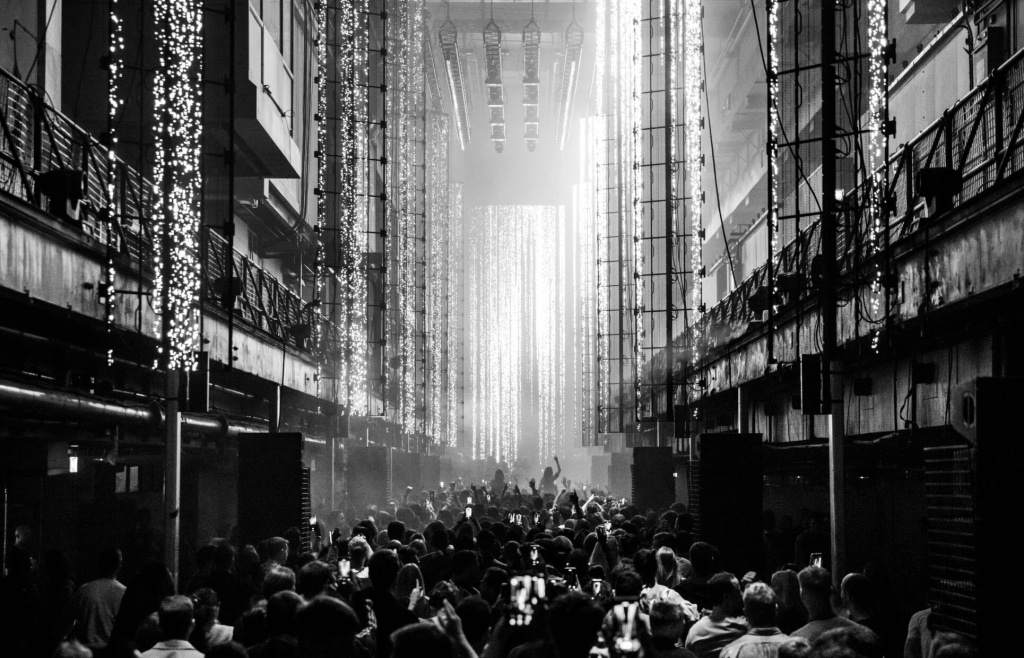
Located in London, a mecca to one of the biggest hot spots for clubbing and dance music. Printworks is infamous for its production and lighting, forming some of the memorable events of all time. Unfortunately it was recently announced that the iconic building may be turned into office spaces, but not without a fight.
DC10 – Ibiza
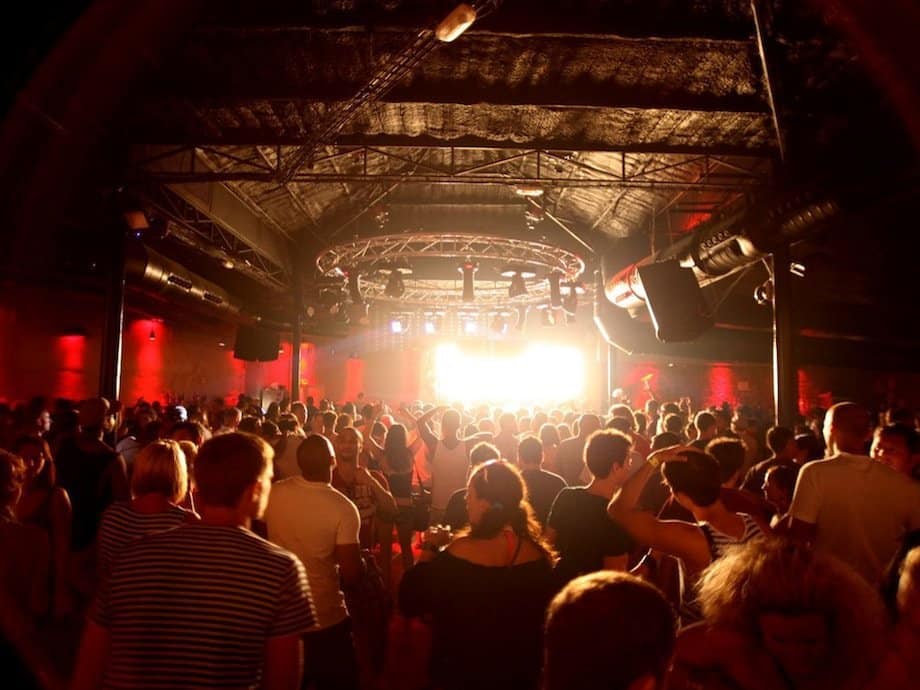
DC10, Spain Ibiza, DC10 is known as the birthplace of the now infamous Circoloco parties back in 1999. The parties began as a free after party on Monday mornings from 6am to 6pm. The club and the party is now a worldwide recognized party brand.
Club Space – Miami
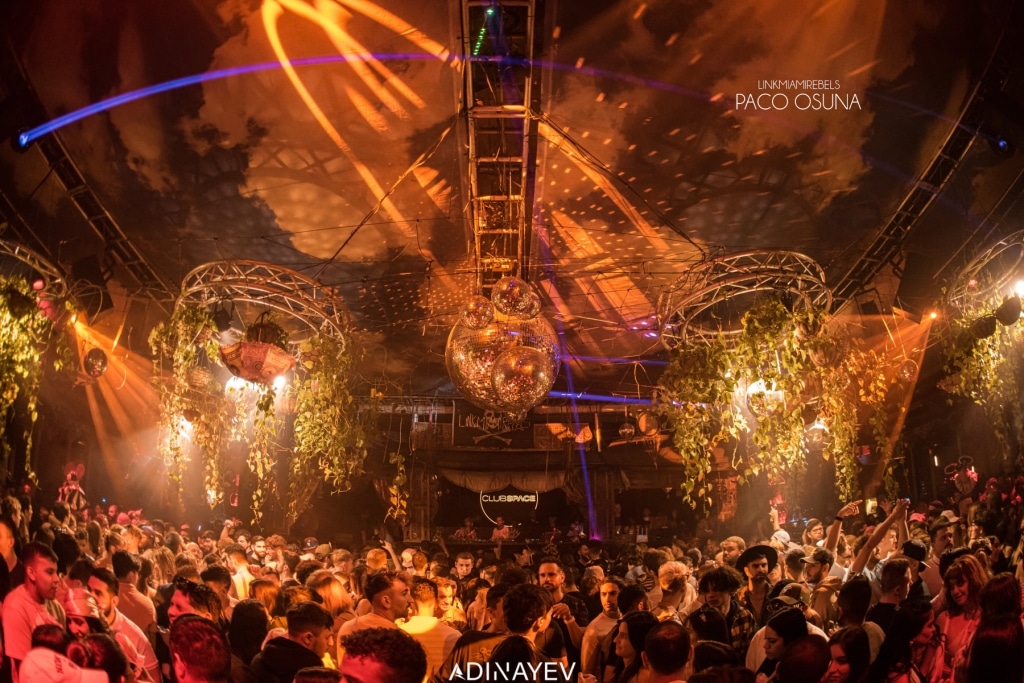
Arguably one of the largest and most popular house and techno clubs in the United States, Club Space brings in all massive headliners and events in which the whole world flocks to when they are in sunny Florida.
Womb – Tokyo
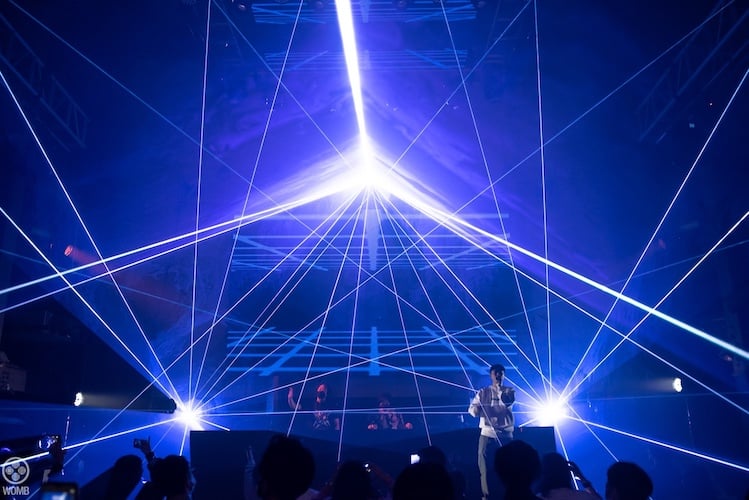
Ranked #2 in the world in 2005, #5 in 2008, and #4 in 2009 according to the yearly ranking by Mixmag- Womb still maintains its world wide presence and notoriety buy bringing in big international acts to the land of the rising sun and their local heavy hitters.
Popular Techno Music Artists
Techno is one of the oldest forms of dance music and has therefore amassed a long running list of legends, icons, and heavy hitters.
It would be impossible to list out every single popular techno artist. However, if you’re new to the techno realm here are some artists to get you started.
The Belleville Three: Kevin Saunderson, Juan Atkins, & Derrick May
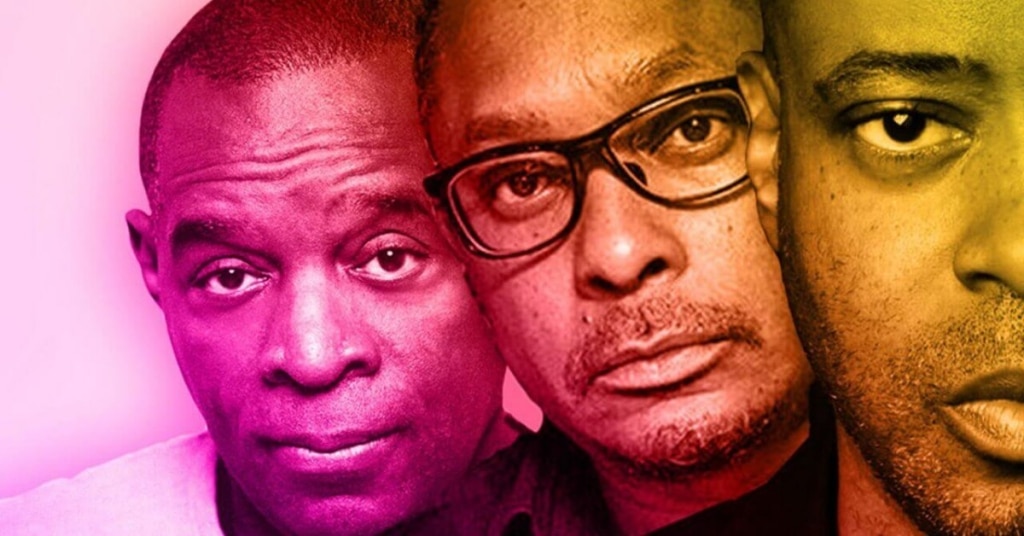
The iconic three are the originators of the Detroit techno sound that set the world on fire for techno music and quite possible electronic dance music in general. All three platinum selling artists, are beyond legendary status and have irreparably changed the face of electronic music. Their presence is almost a requirement at any large techno festival.
Adam Beyer
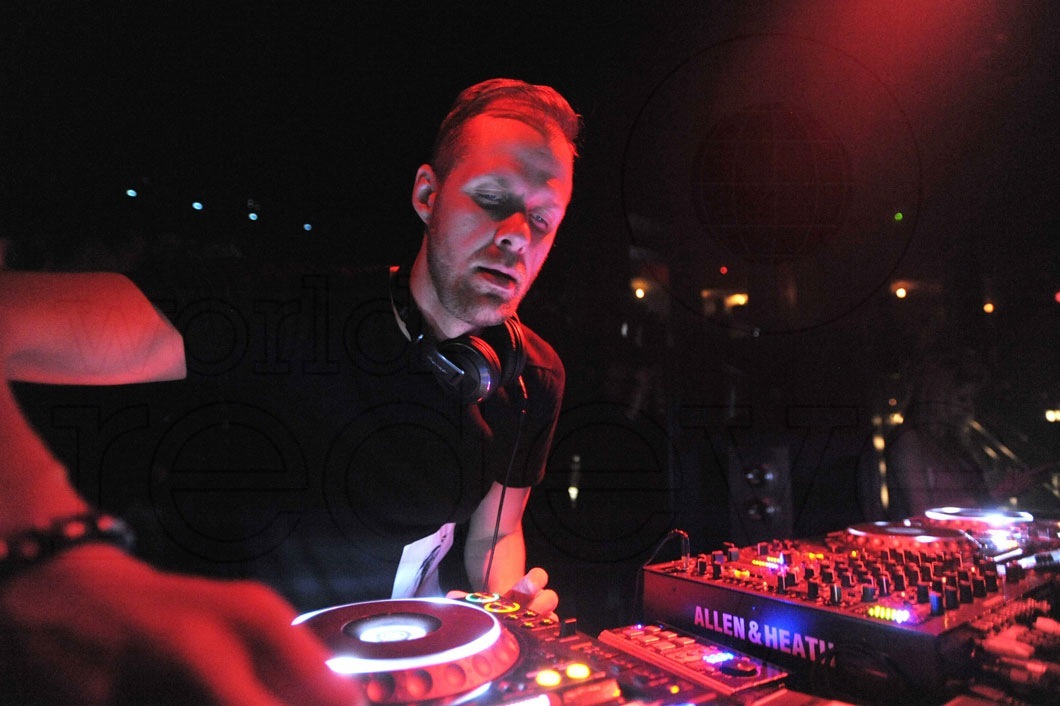
Label boss and producer Adam Beyer is an iconic member of the many talented techno artist. Having created the wildly successful Drumcode label, Adam and his label’s sound has immensely impacted the direction of techno. Adam Beyer’s and Drumcode is probably one of the most recognizable names even outside of the techno-sphere.
Carl Cox
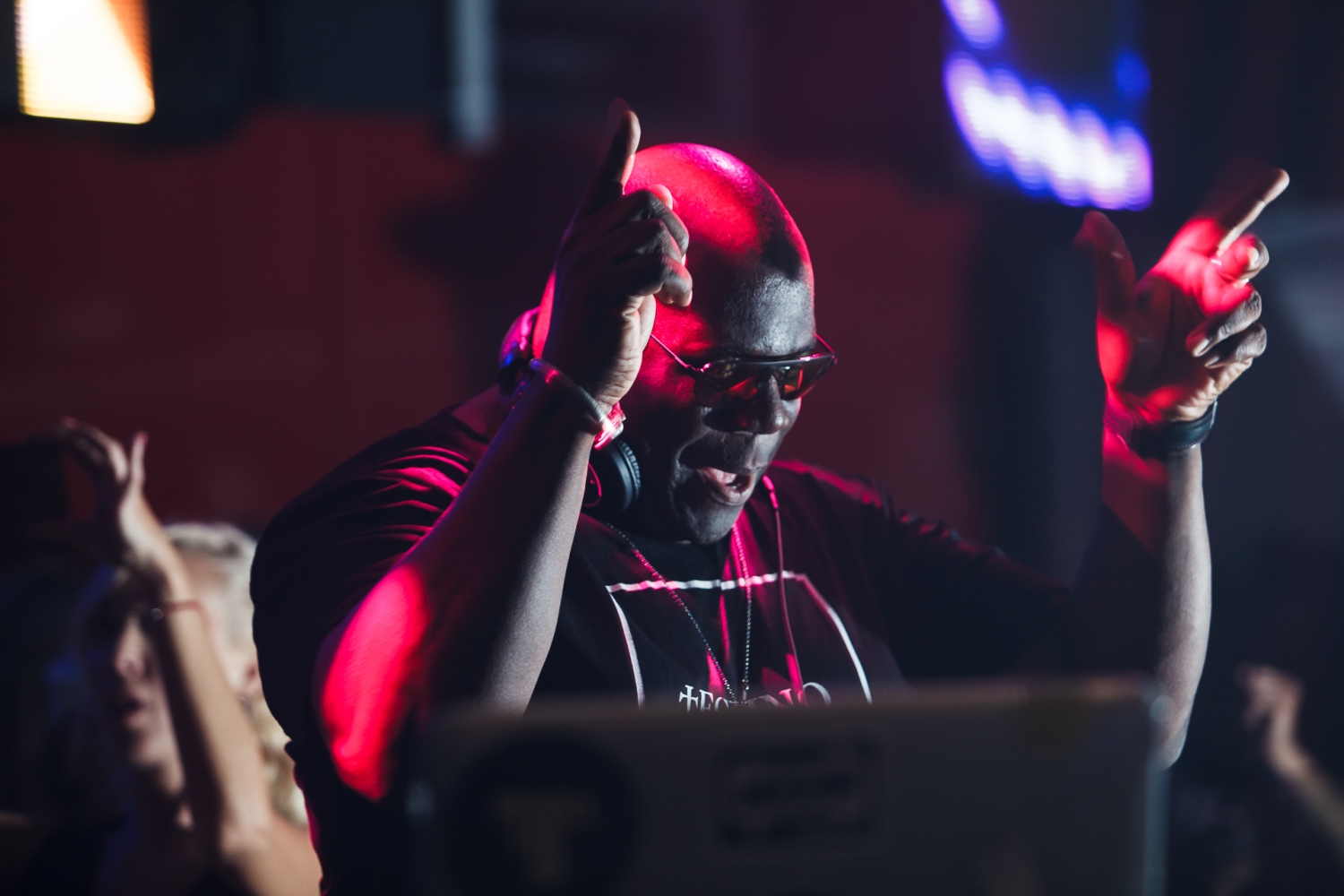
DJ who has more than 5,000 gigs under your belt over the course of 30 years. This iconic dj is known for his impeccably dynamic sets and mixing ability along with insane marathon sets such as his 10hrs closing set at Space Ibiza.
Monika Kruse

Active in the techno scene since 1991, Monika Kruse is a legend and one of Europe’s renown techno pioneers. DJ producer and label boss, her success and respect amongst the techno heads has been non-stop. Her label, Terminal M, is one of the most successful and respected labels in the techno world to this day.
Christian Smith
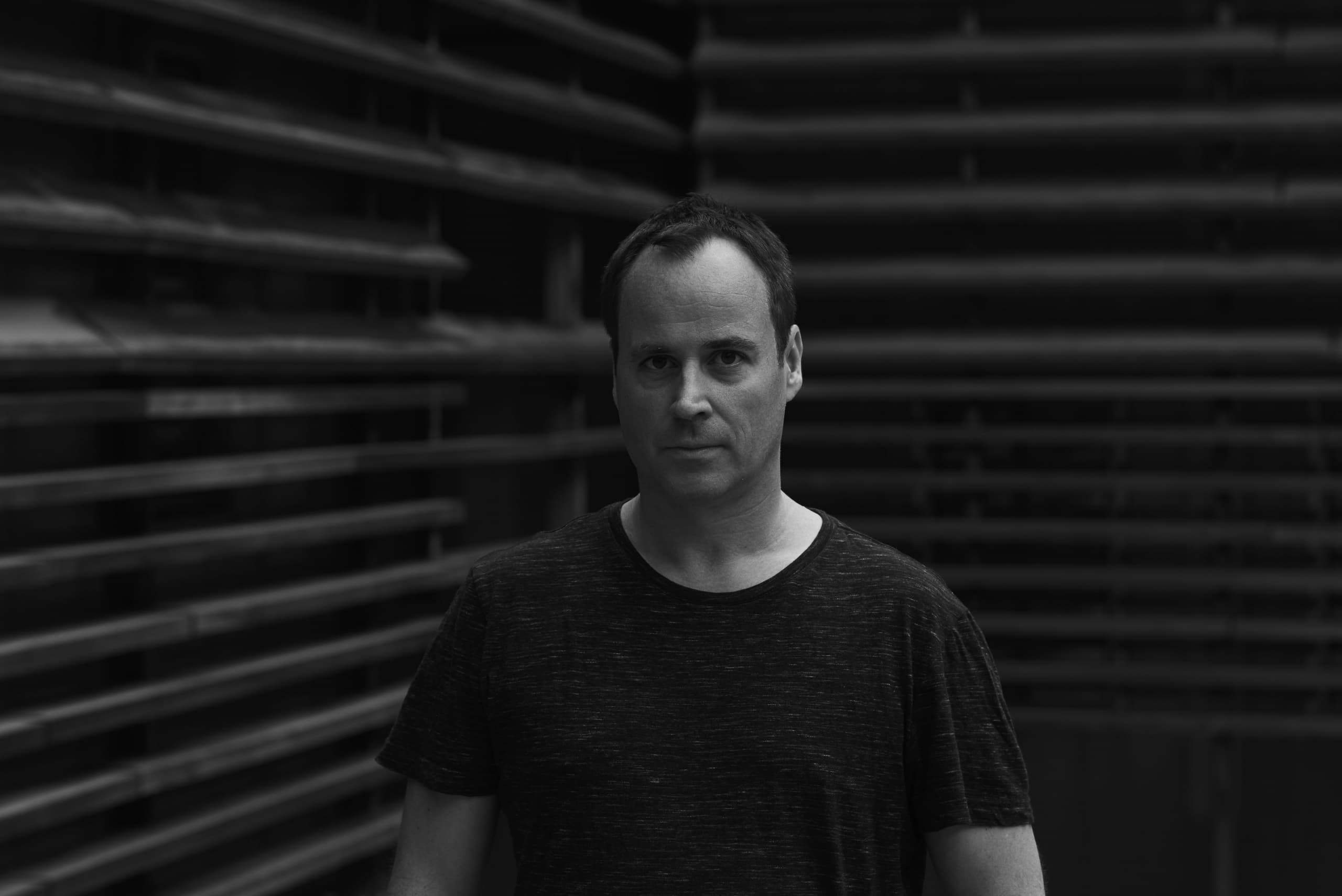 Christian Smith is one of today’s most distinguished techno DJs and producers. He is the founder of Tronic Records, one of techno’s most established labels which has consistently been in Beatport’s top 10 selling techno labels and most streamed labels.
Christian Smith is one of today’s most distinguished techno DJs and producers. He is the founder of Tronic Records, one of techno’s most established labels which has consistently been in Beatport’s top 10 selling techno labels and most streamed labels.
Nicole Moudaber

Nicole Moudaber is one of the most hardworking electronic music artists and passionately followed by all who get in the mood. Her influence stretches beyond the dancefloor. An event promoter, label founder, radio host, philanthropist, and fashion icon.
Richie Hawtin/Plastikman
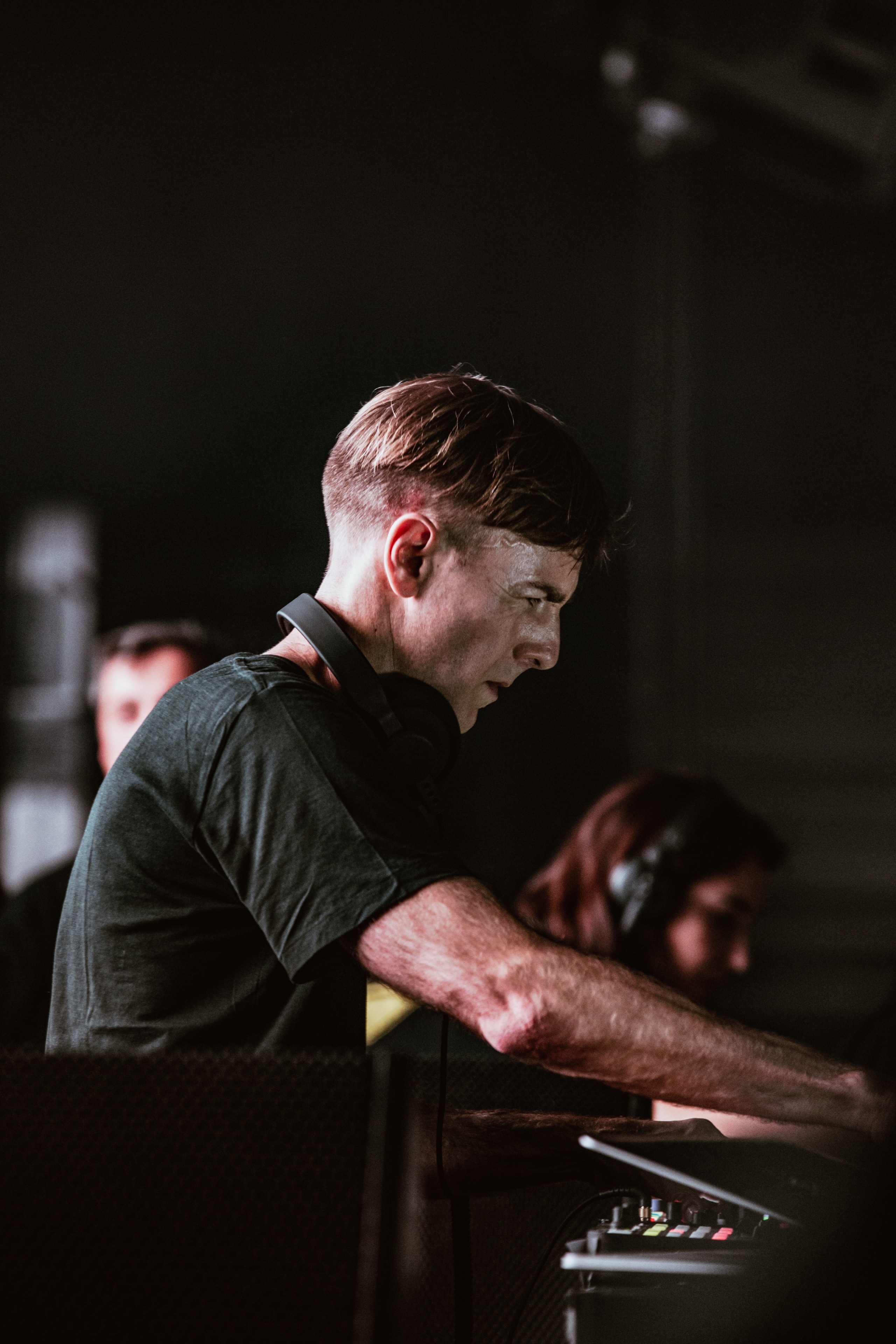
As part of the second wave of Detroit techno artists to emerge in the early 1990s, the Canadian producer became the leading exponent of minimal techno thanks to his work as Plastikman and as the head of the iconic Plus 8 label he began with John Acquaviva. In 1998, Hawtin launched M-nus Records and then in 2012 introduced the world to his ENTER. concept, an experimental event series that took Space Ibiza by storm and was then replicated at events throughout the world.
Jeff Mills
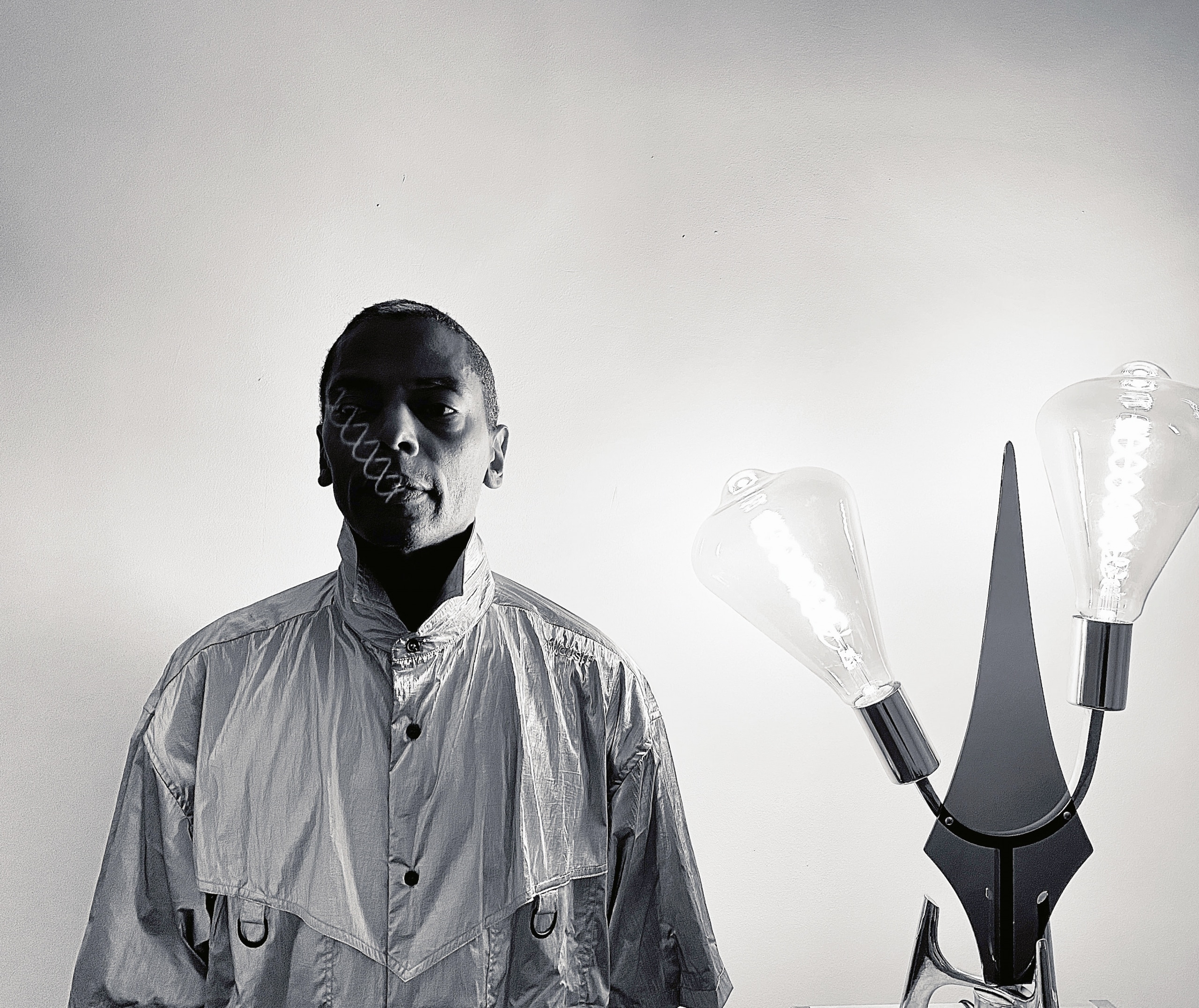
An artistic icon with a storied, legendary past, Jeff Mills has remained an innovative presence in the world of techno since the very beginning, on a constant journey through the deepest corners of the genre, and far beyond. His iconic track “Bells” has cemented Mills’ legendary status and he continues to make his presences known with his label Axis Records.
Pan – Pot
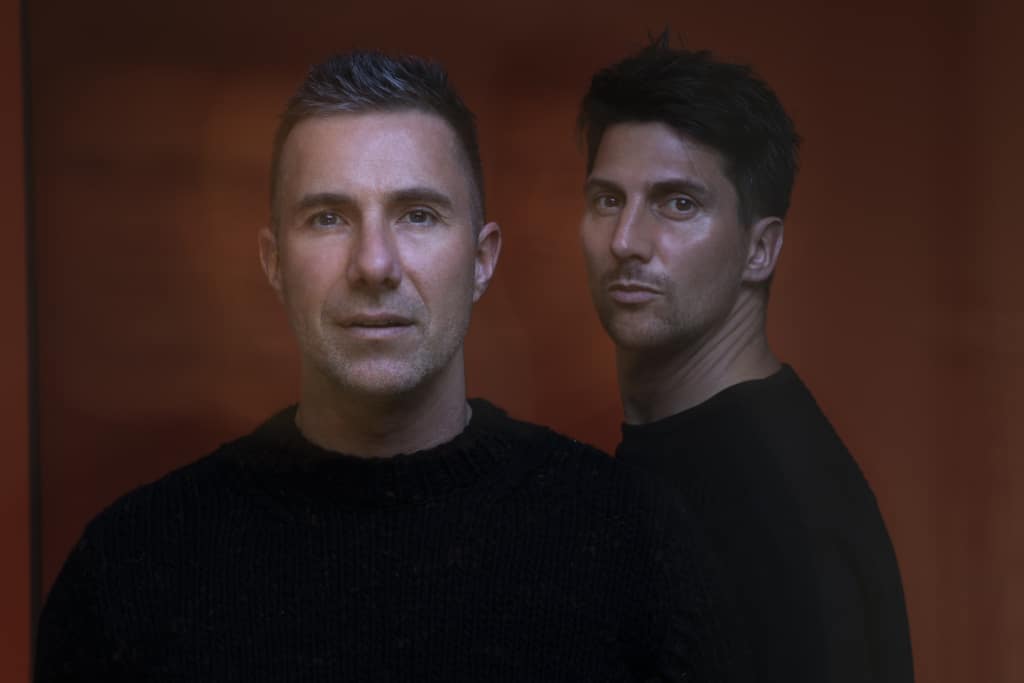
Producers, DJs, and successful label owners of the widely respected Second State, Tassilo Ippenberger and Thomas Benedix are the Berlin-based duo, Pan-Pot. these two DJs and producers have been around for more than two decades, and they aren’t getting comfortable. They keep an ear to the ground to stay current with new releases and the latest technological developments to deliver the best to their fans.
Chris Liebing
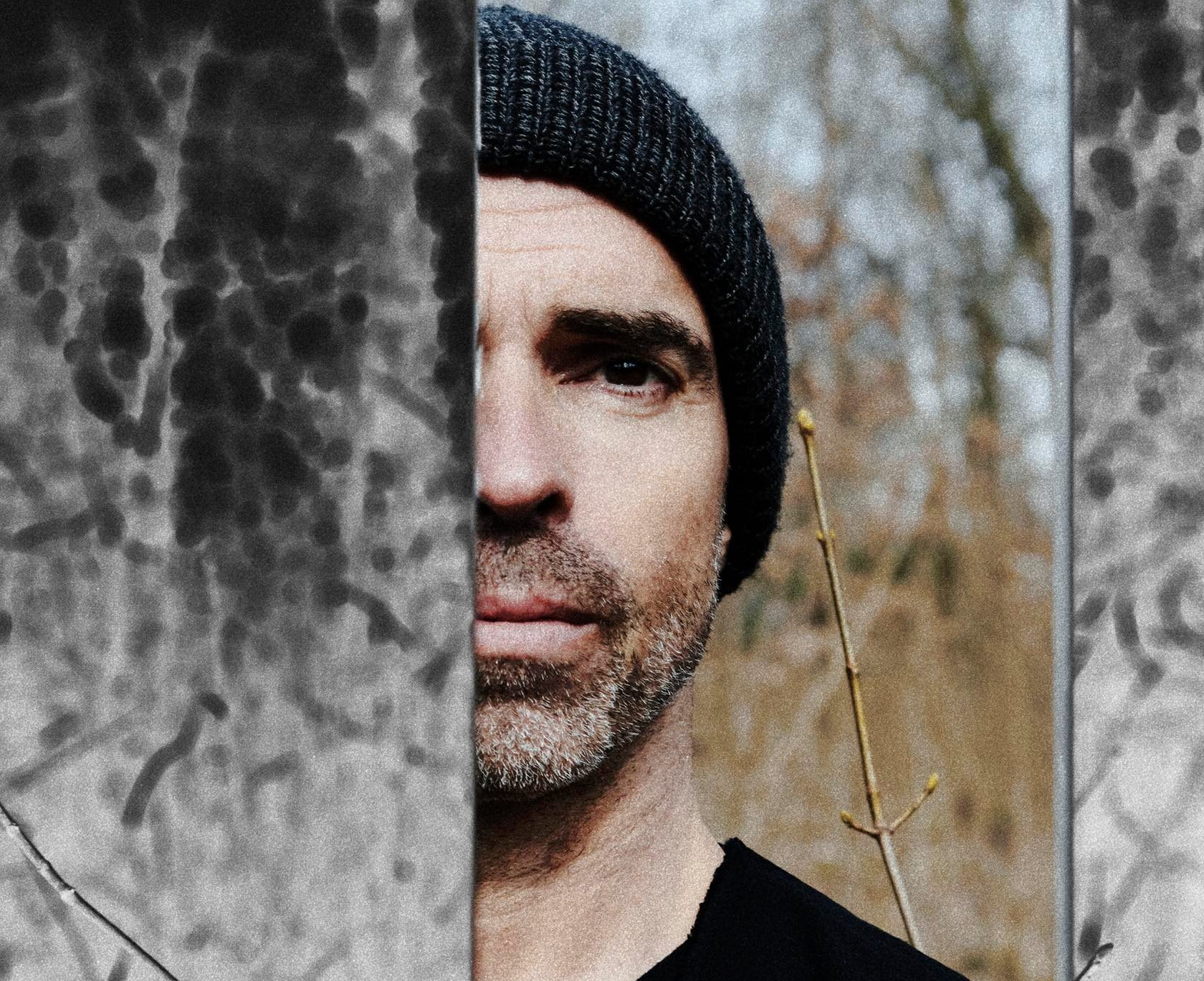
A pioneer of the European contribution to the story of Techno, the Giessen (Germany) born producer and DJ has been active the world over since the 1990s and, at every stage of his career, has helped create a platform for other artists, not to mention the scene in general to flourish. Whether via his long-running CLR imprint, affiliated podcast and club nights, his current radio show AM/FM or his 2020 Alone Together streams and DJs & Beers ‘talk show’, Liebing the curator extends way beyond his DJ sets
Paula Temple

This UK-born DJ holds her own behind the decks. Active as a DJ since the 1990s, Temple delivers hard-pounding industrial techno sets in the most graceful way. On top of her energetic sets she also has design prowess as she co-developed the MXF8, a MIDI controller.
Green Velvet
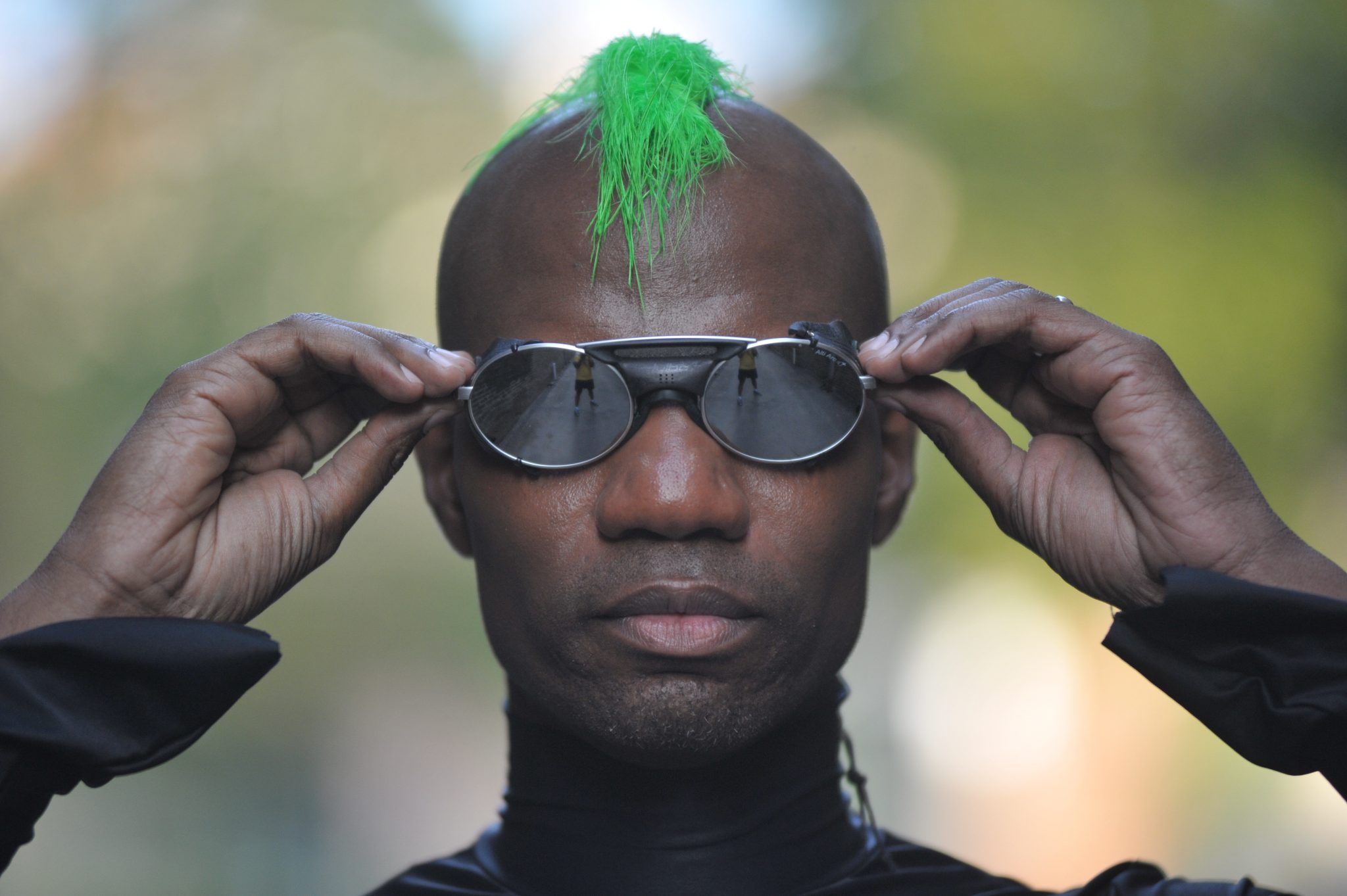
With an unmistakeable voice and awesome hair do, Green Velvet (Curtis Jones), is a pioneer in the techno/house/tech-house world. One of the very few artists that uses his own voice for his own tracks, Green Velvet has made such timeless tracks as “La La Land”, “Lazer Beams” and so many more. He has lent his voice to so many techno heavyweights that it would be a task to list them all.
Amelie Lens

source: https://ra.co/dj/amelielens
Over the last few years Amelie Lens popularity in the techno-verse has skyrocketed. Owner of Lenske label and DJ, producer known for her hard driving sets, Amelie Lens has made herself a techno force.
Maceo Plex
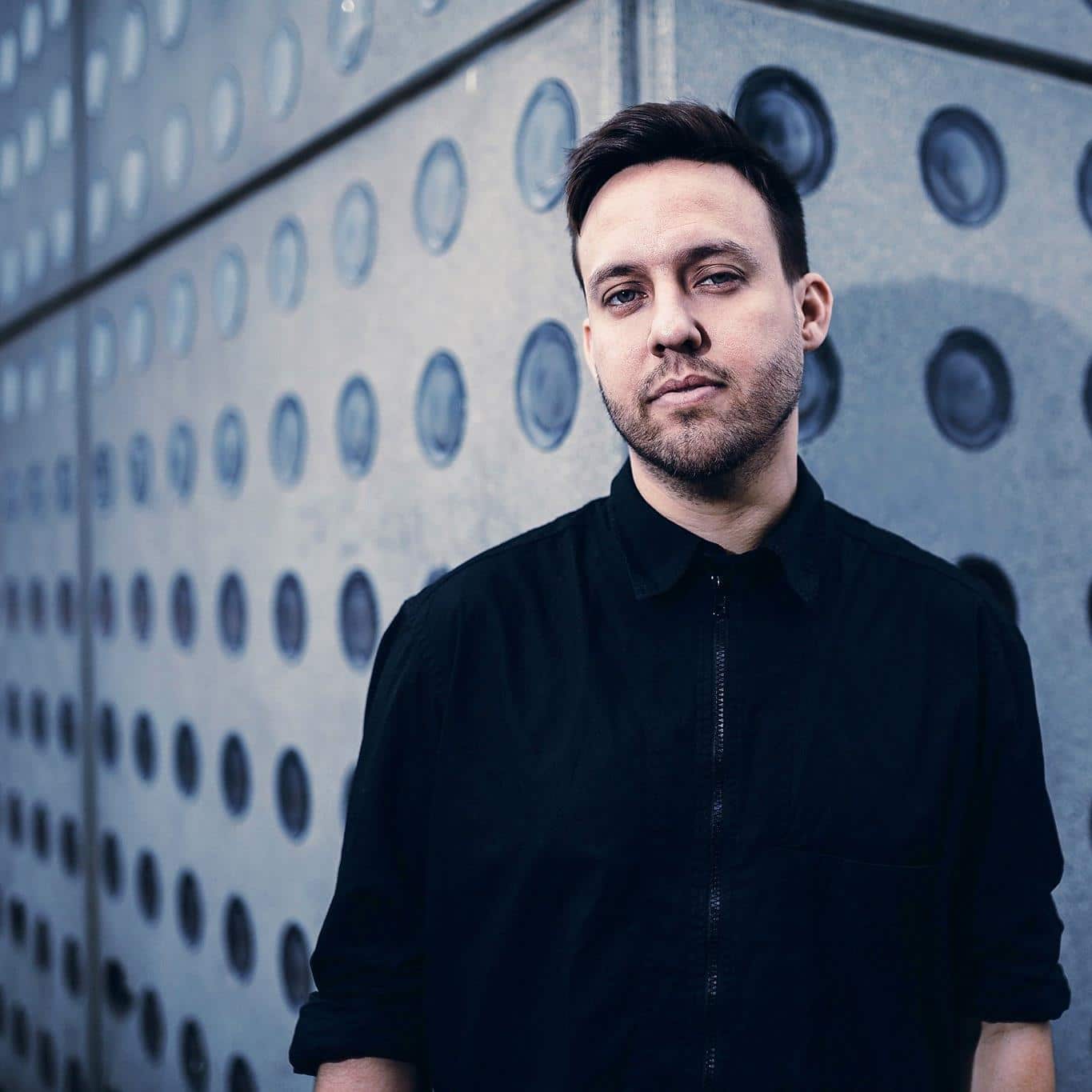
American DJ, producer, and Ellum Label owner Eric Estornel is known for his deep rich techno tracks. Having produced many top hits in the techno world, Maceo Plex has also varied his sound with his other projects such as Mariel Ito and Maetrik.
Alan Fitzpatrick
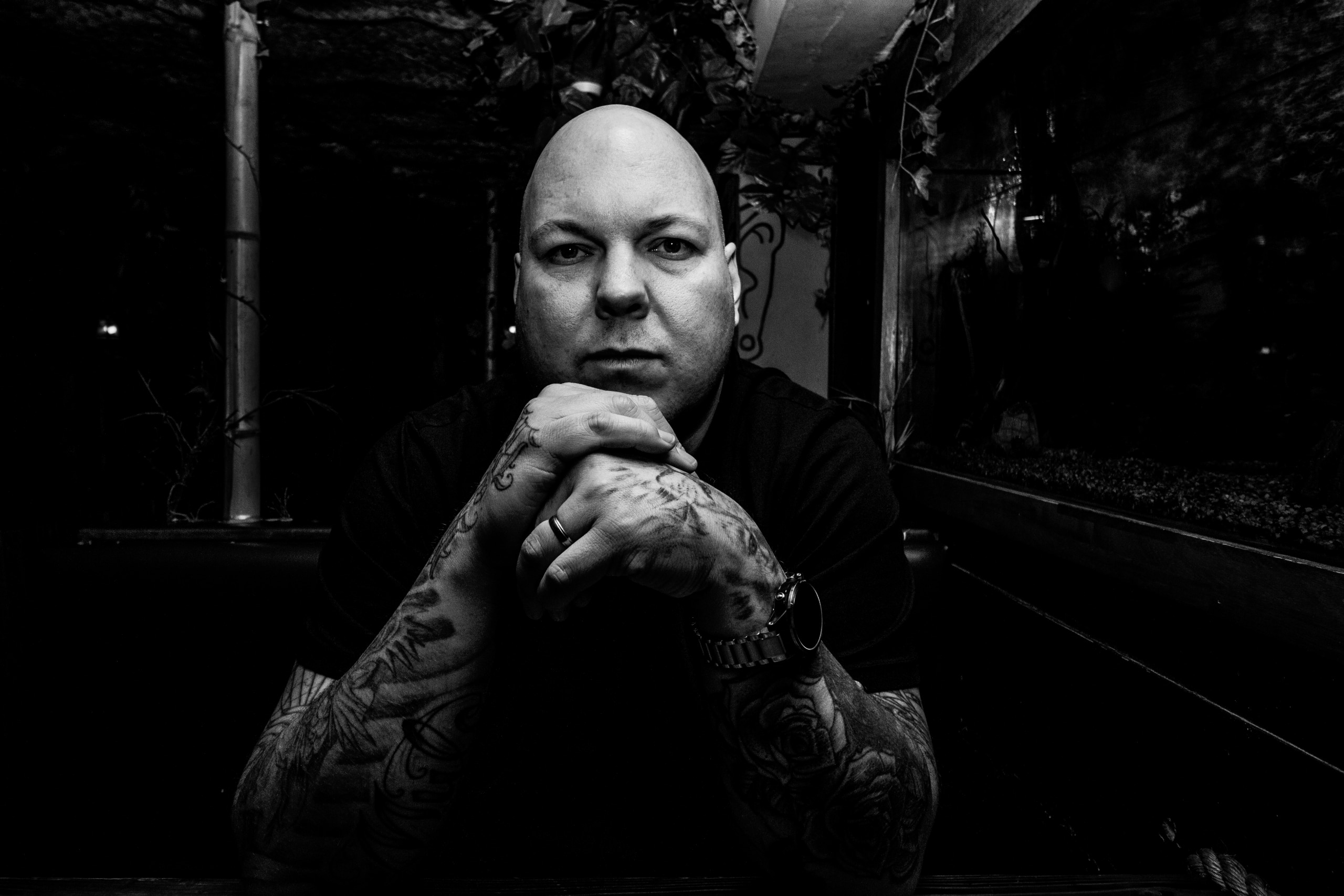
UK DJ & Producer and label owner Alan Fitzpatrick is one of today’s most sought-after techno aficionados. Fitzpatrick has headlined iconic clubs and performed at the biggest festivals around the world including Awakenings, Creamfields and Glastonbury. With a wide range of hit tracks, the caliber of his discography is undeniable. He’s released on Drumcode, Hotflush, Cocoon, Bedrock, Figure, Hot Creations, Unknown To The Unknown, FFRR, We Are The Brave, among others.
Charlotte De Witte

Belgian born DJ and producer has become a techno mainstay. Acclaimed accolades such as Best techno at the DJ Awards in 2019 and a high profile residency at BBC Radio 1 are honoring validations of de Witte’s hard work. Through her boutique label KNTXT, Charlotte de Witte organizes events, releases music and curates radio shows. KNTXT stands for purity, strength & progression within a vibrant and ever evolving techno scene.
Solomun
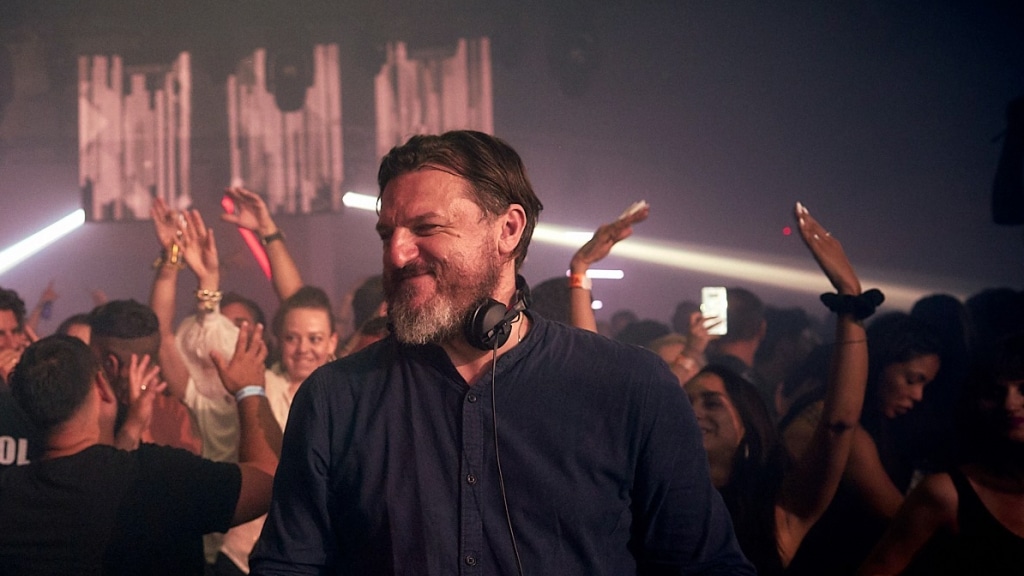
German dj, producer and label boss of Diynamic has become a well known name throughout the techno community. Having played a whopping legendary 14hrs uninterrupted set, along with massive festivals, and having his own Cercle feature, Solomun has made his mark in the djing world.
Enrico Sangiuliano
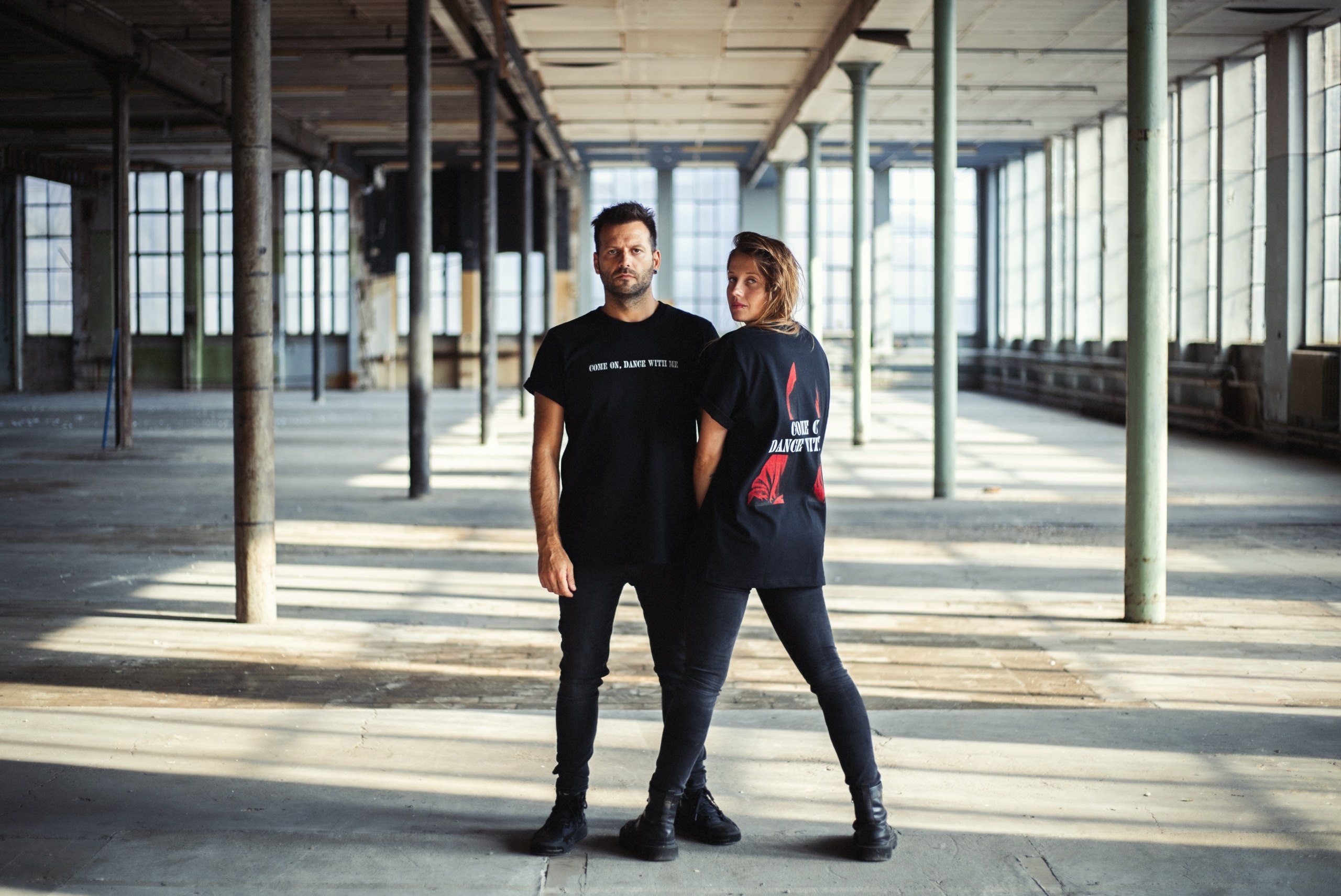
Enrico Sangiuliano is a name you will have noted if you have been anywhere in the electronic music scene for the last few years. Starting out as a sound engineer in Italy, he started to produce electronic music in the ’90s. International recognition came in 2015 with his remix of DJ Boris’s “Can You Hear Me” on Alleanza, claiming the title as Beatport’s highest selling techno track. Hits kept on coming with a string of stellar releases, such as “Moon Rocks,” “Preset Heaven,” and “Astral Projection”, as well as classic remixes of tracks like Moby’s “Why Does My Heart Feel So Bad.” The success of these releases crowned Enrico as Beatport’s No.1 best-selling techno artist of 2016, 2017 and 2018.
Rebūke
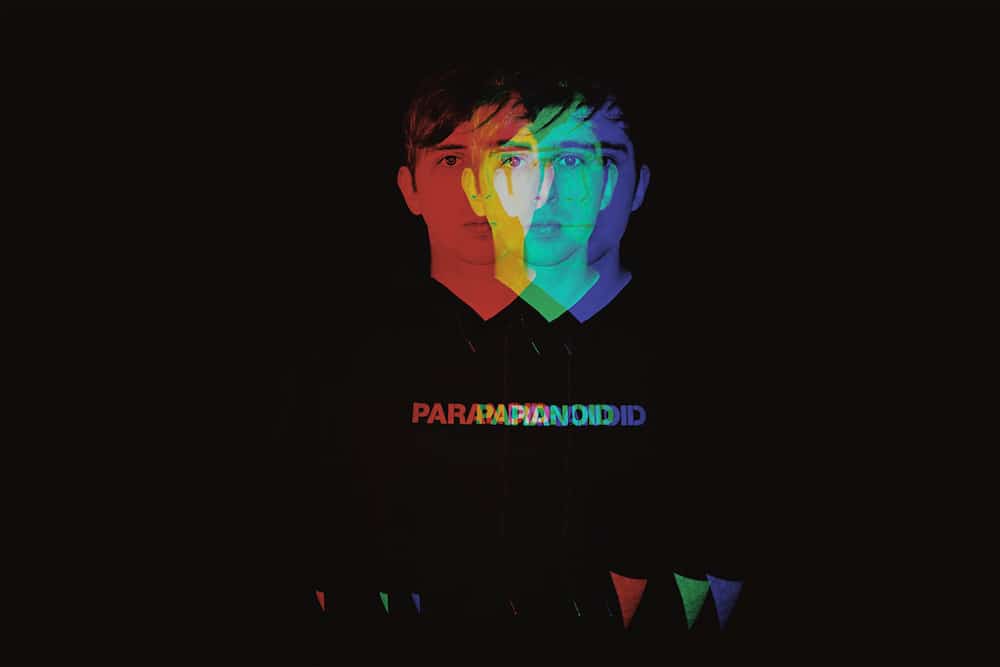
photo courtesy of Keith Byrne
Rebūke’s music in one word: refreshing. Listen to any of his tracks and they all have this very recognizable sound. In an oversaturated industry, his signature style sets him apart from many newer or younger DJs.
Sara Landry

A techno artist list wouldn't be complete without the High Priestess of Hard Techno herself, Sara Landry. The Hekate label boss' popularity has skyrocketed in recent years as she made history as the first hard techno act at Tomorrow Land's main stage.
Techno Music For Life
Techno is one of the most time tested genres out there and is still thriving to this day. For better or worse, more and more versions of techno are coming out and artists of all different backgrounds are now tempted by the dark side of dance music.
There’s so much more out there, and there will be so much more out there, that one article can’t do it justice.
The only way to truly know about techno is to live it. So go out there, find your favorite artists and tracks, support them fervently and live that techno life.